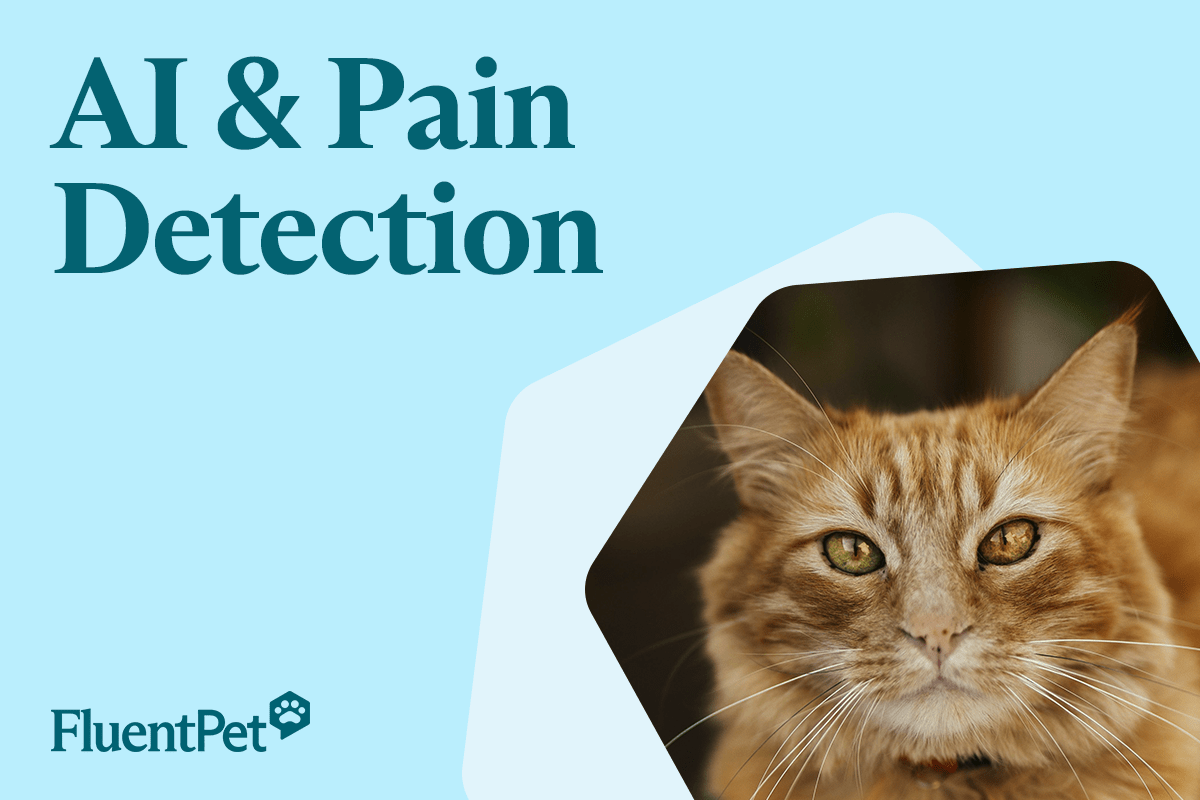What is the first thing you do when someone tells you to think of a loved one? Usually, we picture their face in our mind’s eye. Faces are special not only because they help us identify each other, but because they provide visual keys to our personality and intentions. Our expressions offer others insight into what and how we think and feel, which can be good or bad depending on the context (hands up to those of us who get called out for being opinionated even when sitting quietly during a meeting…). Sometimes, our visages can be so revealing that we need to be aware of what we may be conveying and try to control them, or put on our best “poker face”. But even in these cases, if one looks closely enough, the words are usually written right there.
Do other animals care about faces?
After more than 20,000 years together, dogs have keyed into the fact that human faces are crucial communication tools, and we know that our dogs pay attention to our expressions. When they want or need information or attention, they look at our faces 1,2. They use deliberate eye contact when communicating with us 3, and even look to us to help them solve problems (like getting an out-of-reach ball) 4. They can “read” our emotions 5 and also modify their own behavior and facial expressions in response to attention from people and the faces that we make when we’re looking at them 6,7.
Faces are important in social interactions between individuals of many species, too. Chimpanzees use systems of “universal” facial expressions (some of which look a lot like humans’) 8. Orangutans will spontaneously mimic each other when playing 9. Corvids and sheep can recognize and remember human faces 10,11. Even sun bears, who aren’t very social at all, were found to mimic exact expressions of other sun bears when placed in a group setting 12. And the list goes on.
Faces for improving animal welfare
Most animals can’t communicate with people using words (unless they’re lucky to be learning to use talk buttons). This can be challenging for the people who care for them, especially when trying to tell if something might be wrong. Recognizing this as a problem for everyone from dog parents and veterinarians to farmers and laboratory scientists, researchers have recently begun to turn to faces – a communication tool that is clearly shared among many species – as a means to determine when animals are in distress. And they’re using AI to help them do it.
Scientists working with animals of all kinds, from sheep to horses to cats, have dedicated hours upon hours to observing the faces of animals in painful or stressful situations (such as after an injury or operation) and recording exactly what their expressions look like. In comparing these expressions to those faces of animals “feeling fine”, they have developed “grimace scales” which measure degrees of pain and stress based on facial movements 13. By training machine learning systems to read these scales and assess images of animals, researchers have been able to generate AI that can accurately identify subtle signs of pain much faster than people.
Training AI to do it right
Facial recognition AI offers a promising way to improve animal welfare, especially in situations with many animals involved, like livestock settings where monitoring individual health can be challenging. But human input is critical to making sure pain-detection models and those used for potentially interpreting other animal emotions are accurate. That’s only one reason why it’s crucial that we continue to interact, communicate, and bond with the animals in our lives, so that we know what signs to look for and what they are trying to tell us, be it with their eyes, their bodies, or indeed, with buttons :) .
References:
5. Albuquerque, N. et al. Dogs recognize dog and human emotions. Biol. Lett. 12, 20150883 (2016).
Biogliography:
Courtney Sexton is a Postdoctoral research scientist at the Virginia-Maryland College of Veterinary Medicine and has a PhD in Evolutionary Anthropology and Comparative Animal Behavior from The George Washington University.
Join the conversation at community.fluent.pet!




Leave a comment
This site is protected by hCaptcha and the hCaptcha Privacy Policy and Terms of Service apply.